Click below to watch the video:
Where did the Battle of Badr take place? In Saudi Arabia or in Jordan? What historical evidence backs up the two suggested locations? Does this prove or disprove Gibson’s Petra theory?
Transcript
Video #10 *This is a general transcript of a Dan Gibson video in the series: Archeology and Islam.*
Hello, and welcome to another video in the series Archeology and Islam. My name is Dan Gibson and today we want to examine a question that viewers have asked about the Battle of Badr.
Those viewers who know their history well, and their geography well, have pointed to the battle of Badr as proof that the holy city of Islam was Mecca in Saudi Arabia, as the descriptions of the battle could not fit Petra, which was way off in Jordan, and the Badr site is clearly in Saudi Arabia.
And I agree that this flies in the face of everything that I have presented so far. So their objections raise some very good questions.
Now, I love challenges, so I have enjoyed working on this one. It is like solving a 1500 year old mystery… an ancient detective story.
But first I want to put this situation in perspective, and compare it to what I know of the history of Christianity in the Middle East.
In Christianity, even though there was a continuous presence of Christians in the Holy Land, the location of a number of important sites were lost over time.
Some three hundred years after the events took place; there was a renewed interest in finding these lost locations. In 326 CE Helena, the mother of the emperor Constantine, left Rome on a journey through the Eastern Empire in search of places mentioned in the Christian scriptures.
After her, a steady stream of women, as well as men, traveled to the Holy Land. When Helena felt she had found an authentic site, she dispensed imperial patronage for the building of churches on these sites. That means she used state money to build those churches.
Eusebius, the theologian notes that she established many churches and returned from her trip with a collection of sacred relics, which were then set up in Constantinople, not in Rome.
When Jerome was pressured to leave Rome he chose to move to Bethlehem. During his years of writing there, he wrote two eulogies dedicated to Paula and her daughter, two Roman aristocratic women who had settled in Bethlehem in 386 AD. They shared a joint interest in linking lost biblical and classical places to their geographical locations, especially the locations mentioned in the sacred books.
Today, many of these locations are deemed “authentic sites” by the presence of ancient churches, most built in the third and fourth centuries. However, when we research history, we find that the locations are based on the churches that are there and on these women, who decided that was the spot… some three hundred years after the event took place. There is no proof that they are the authentic sites, but they are accepted by just about everyone as being authentic.
In many ways, this parallels the history of Islam. Three hundred years after the events happened, writers such as Ṭabarī tried to make sense, and piece together the early stories.
However, they faced an additional problem. While the writers of the Christian scriptures recorded many geographical references along with their stories and teachings; the Qur’an on the other hand has very few references. Only a few dozen geographical references in the entire Qur’an.
In the book Qur’anic Geography I began by comparing the number of geographical references in the Qur’an with those found in both the gospels, the four gospels, and also Gnostic literature of the time.
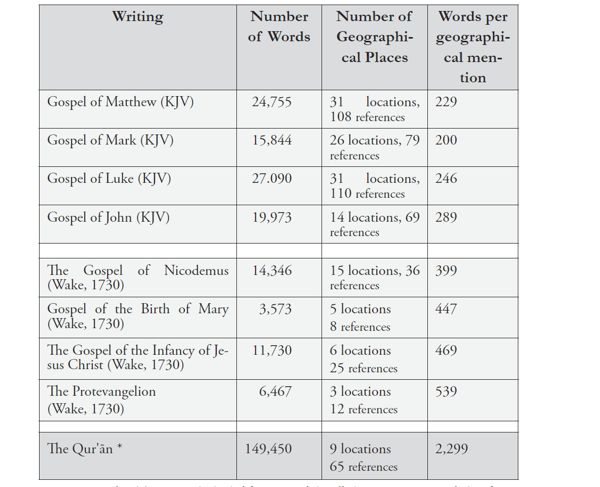
Frequency of Geographical Names
I noted that each individual gospel contains more geographical references than are found in the entire Qur’an. While this observation proves little, it does illustrate the problem that later collectors of Islamic history faced. The Qur’an simply doesn’t provide us with much geographical reference. The battle of Badr is a prime example of this. The later Islamic writers also discovered that when collecting the recollections of people who had heard something from someone earlier; details were often forgotten, or names of places were given without the teller knowing exactly where they were located or how they fit into the general geographical picture.
This struggle with geographical details is especially pronounced in the account of the first large Islamic military encounter with the Quraysh. This battle is often referred to as the Battle of Badr, or the Battle of the Full Moon. (غزوة بدر) Even from its name, it is apparent that this is not the name of the place where the battle took place. It is just a reference that the moon was full at that time.
Today Muslim historians claim that the battle took place at Huniin (غَـزوة حُـنـيـن) or the Battle of Nostalgia, this being the modern name of the valley that commemorates the battle. But even that name, refers to the fact that people come to remember in that valley. The fact is, we do not know the name of the place where the battle of Badr took place.
Now the engagement at Badr was important to the emerging Muslim identity. It was the first large army action and it united the people, who suddenly felt that God was on their side. So those who participated in the battle at Badr had special honor.
While the account of Badr includes some geographical references it also has its own set of problems. When writing books and articles promoting the Petra Qibla, I realized that the strongest argument against me was the location of the Battle of Badr.
The records of Al-Ṭabarī seem to present a relatively clear picture of where the battle took place, which corresponds to the location of Badr today, south of Medina in Saudi Arabia. It is almost like Ṭabarī walked over to the battle site, and then described it to us.
Despite this clear description of the battle, there were no eye-witness of the battle when Ṭabarī wrote his history. Nothing had survived from the original accounts.
True al-Ṭabarī had a copy of the writings of Ibn Hisham, who apparently took it, his story from Ibn Ishaq. But if you look at the timeline, you can see that Ṭabarī wrote about 250 years after the events took place.

Islamic Historians on a Tmieline
Additionally, everyone who deals with the geography of early Islam turns to Yaqut ibn-‘Abdullah al-Rumi al-Hamawi. He wrote his book on geography about 1222 CE. This is from Mousul. Yaqut tried to identify the locations mentioned by Al-Ṭabarī and Ibn Hisham and Ibn Ishaq some 300 years before his time. But by Yaqut’s time, which is over 600 years from when the original events took place, he had problems. This is why I reference Yaqut, but only to see what he thought, because he is 600 late and he is not an authority.
Now the earliest account we have of Badr was written by Ibn Ishaq. He spends several chapters working up to the battle. He describes everyone who went there He describes all the events that built up to it.
Then tells us that all the Muslims, that they had heard that a caravan of Quraysh tribesmen were coming from Syria with a large amount of money and merchandise, as well as arms, and they were accompanied by some thirty or forty men.
After the battle, Ibn Ishaq spends several chapters telling us who died at the Battle of Badr. We get the names of the men involved, and even many of the pagans, and also the names of the 43 men taken prisoner at the end of the battle.
But what is missing is the description of the battle itself.
What happened to it? I think Ibn Ishaq wrote it down, but everything we know comes through Ibn Hisham, who later edited the accounts and he admits in his preface, that he omitted matters from Ibn Ishaq’s writings that “would distress certain people. So when Al-Ṭabarī sat down to write his history, he didn’t have the records of what had happened. So how did he get a history?
This leaves us with a problem. The earlier accounts give us detail building up to Badr, and lots of detail after the battle, but it tell us almost nothing about the battle
To get the story of the battle, we turn to al-Ṭabarī, who wrote many years later.
So where did al-Ṭabarī get his information from? How can he give us the story three hundred years later, when it is missing in all the earlier accounts?
Al Ṭabarī, he says he found an old letter, written to the caliph, Caliph Abd -al-Malik. Now where did Ṭabarī find this letter? How come none of the other historians knew anything about it, or had access to it? Now this letter was not an eye witness account either, as it was written some three generations after the battle took place. Where did that author get his information? We are not told.
Now, consider the timeline. You see, the Battle of Badr took place while Muhammad was still alive.
After Muhammad came Abu Bakr, after Abu Bakr came ‘Umar, after Umar came caliph ‘Uthman, after ‘Uthman came Ali, after Ali came Hasan ibn Ali, after Hasan came Mu’awiyah, and after him came Yazid, You get the idea. Time keeps rolling on here. Even after Yazid, he is followed by Mu’awiyah II, who was followed by Marwan, …
… and after Marwan, NOW, its TEN caliphs later, ‘Abd al-Malik apparently receives a letter with information about Badr. This is around 700 AD, but the actual finding of this letter doesn’t happen until another 200 years later. It’s lost! Then al Ṭabarī conveniently comes up with this letter.
So he is writing more than 300 years after the time of the battle. All these caliphs have come. Petra has been forgotten; the original Mecca. The whole story there has all been forgotten. And now a letter surfaces, and it describes the battle that takes place, in Saudi Arabia.
And so today, you have people who go back to that letter and base everything they know on that letter.
And so you can go to Saudi Arabia, and you can find the site of the Battle of Badr. The description of the battle fits the landscape, right down to there being a sand dune there. That leaves me two options. I can either accept the Saudi story and deny all of the evidence that I have found about Petra, and the Ka’ba and the Qibla, and everything or I can look for the battle of Badr in another place, where it fits the Petra story.
You see, I am suspicious of this letter, which Al-Ṭabarī so conveniently uncovers, and tells such a detailed Arabian story. It perfectly matches the geography in the current location. That location, you go there it has signs telling the tourists, this is it. And there is the sand-dune. And there are upturned rocks that look like gravestones. There are no inscriptions. It appears to be a graveyard. But for me, the letter surfaces 300 years after the battle, that is very convenient.
My other option is to look for the location of the battle, based on the Petra location. And you are going to have to decide between me and al Ṭabarī’s account, and the one that I come up with. You are going to have to decide on your own.
Now according to Ibn Ishaq, and Ibn Hisham, the caravan set out from Damascus, bringing supplies, down to the Holy City of Islam, which I believe was Petra. The Muslims hear about it, and they leave Medina, and they head north. They go north of Petra, along the desert road, seeking to meet the caravan and loot it.
This means we must look north of Petra.
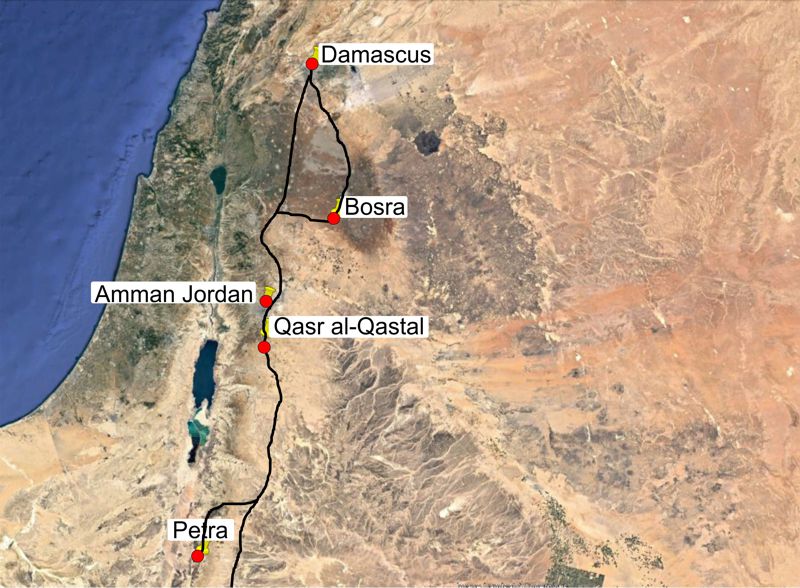
Location of Qastal
Now, here is a map. The caravan would be taking the desert highway, since the Kings Highway is so tightly controlled by the Byzantine army. So they would move through the desert, and they would go past where the road turns off to Petra. And the battle would have taken place north of there.
What we need to do is find is a graveyard along here that matches the number of people who died in the battle of Badr.
That leads us to ONE location. Only one. It is here. It is called Qastal.
It is the oldest Muslim graveyard in Jordan. It had an old square minaret from a very old mosque, possibly the oldest minaret in Jordan. Possible the oldest square minaret anywhere, which was later rebuilt as a round one.

Orientation of the Qastal Site
For ever after, the battle of Badr was remembered. Everyone who had been at the battle were high esteem. They were martyrs. No only 14 Muslims died there. So there should be 14 graves of the Muslims, that were held in high esteem. So we are not looking for a large graveyard.
After the battle, we would expect that a small mosque would be built there or something commemorative. And we would also expect that the mosque would face Petra, since the Mecca Qibla did not exist yet.
And here in Qastal we find exactly this scenario. There is an old mosque, and near to it is an old graveyard.
Some years later the Umayyad Caliph Yazid bin Abd al-Malik, he came and he built a large house here, right between the graveyards. But some of the ruins there date to the Mamluk time and some of the tombs even come from World War One. And so you’ve to go and look at them, and count them, and try to figure this out.
So what about the TWO graveyards.
Well, many of the early tombstones have been moved to other museums, so it will take some detective work to find them and see what is written on them. Some are in the Madaba Archaeological Museum, and some are in the Amman Museum. Some of them you can’t read, they are so worn out.
Along with the very earliest graves, there are also later graves of people who wanted to be buried on this important spot.
So how do we determine which graves are earlier and which graves are later? The secret to that is to understand how Muslims oriented their graves.
For over a thousand years now, Muslims have been buried on their right sides, facing Mecca in Saudi Arabia. This is what we would expect of Muslim graves all over the world. Here is a photo of an excavated Muslim graveyard in Spain.
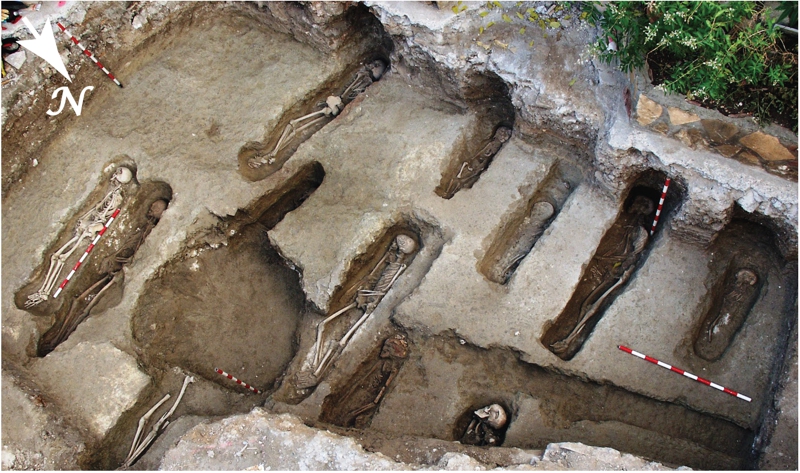
Tauste Graves
But here in Qastal, the Muslim graves predate Mecca in Saudi Arabia. These graves are oriented differently.
Now Christians are buried laying on the backs, with their toes facing East, so that when Christ returns in the eastern sky, they will sit up, and face him in the eastern sky.
But these graves are not Christian ones. They do not face east.
Some have suggested they face Jerusalem. That is because the feet of the graves at Qastal seem to face Jerusalem. or maybe the heads do. So any Christian-influenced scholar would assume, well, these sort of point towards Jerusalem. But these are Muslim graves. So if the dead are buried Muslim style, laying on their sides, where do they face?
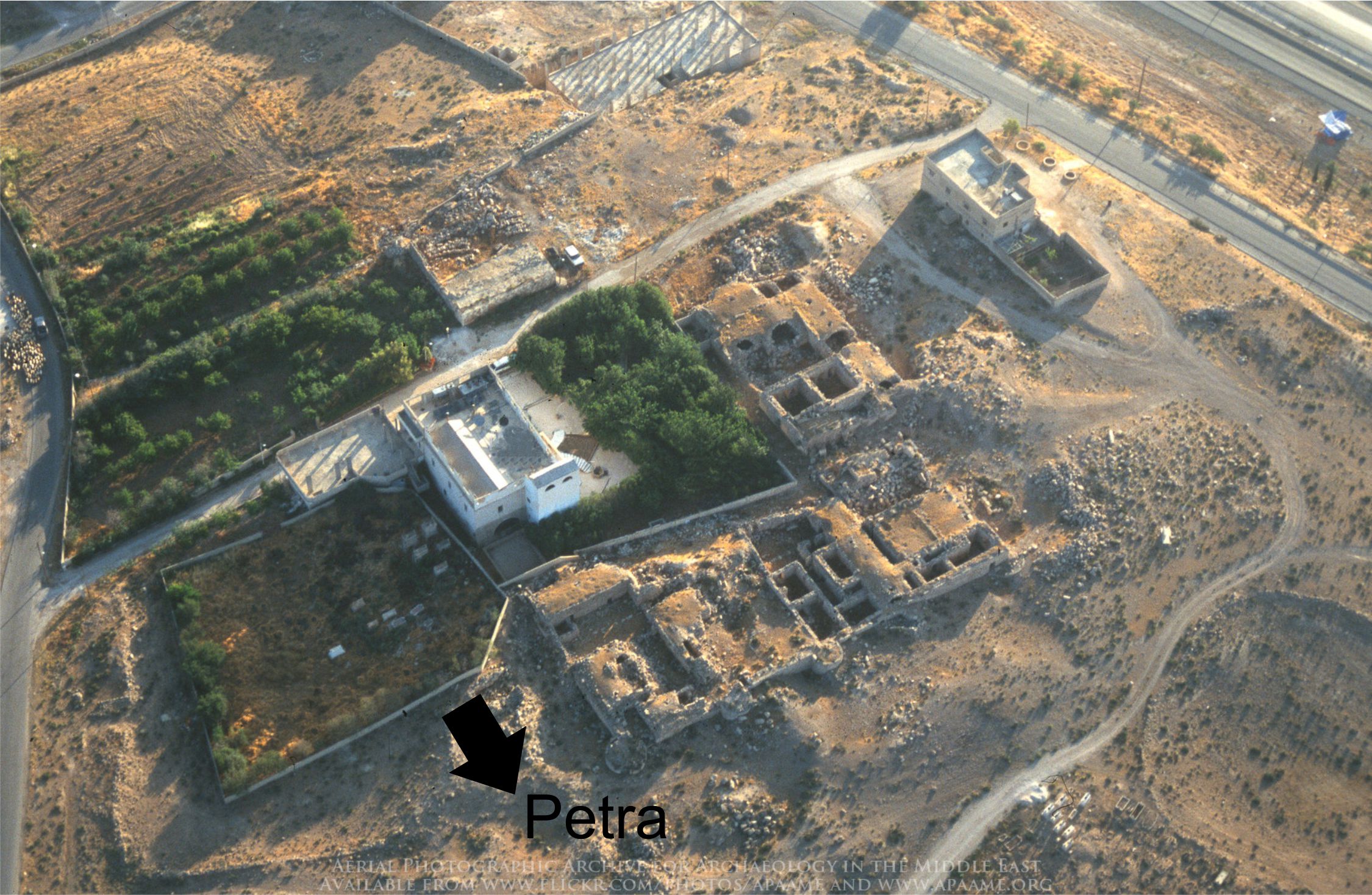
Grave orientation
When we draw a line from the side of these graves, we discover that they point directly to … Petra. And from our earlier studies we know that this is where the Muslim Ka’ba was at that time.
So how many graves at Qastal are there like this?
There are two different graveyards at Qastal. A small one beside the Qasr, (the large house) and a larger one in front of the Qasr. Why would there be two different graveyards? Is one a graveyard for Muslims, and the other for Polytheists?

The large and small graveyards
If so, why did the Muslims bury the Polytheists also facing Petra? Was it a statement that they not only won the victory, they buried the dead the Polytheist dead in Muslim fashion not in pagan fashion?
The smaller graveyard closest to the Qasr is of primary importance. If we discount the more recent graves, many of them dated, we discover around a dozen early graves. The number is hard to count exactly. To do that, an archeological dig must happen.
From the records we know the names of 14 Muslims who died in the Battle of Badr. But one grave missing.
If we read the early accounts we will discover that one of the men who died at Badr, actually survived for a while, and he died on the way home and was buried at Safra. But he is counted among the martyrs at Badr. So there were 14 martyrs, but only 13 graves. And here at Qastal, the oldest Islamic site in Jordan, we find two graveyards, one with about a dozen early graves, and the other with many more early graves as well.
Is this Badr? We will never know for sure, until proper archeological excavations can take place, especially of the graves that are there. And, then maybe we will find out.
So am I giving you conclusive evidence? No. But it does appear that Qastal could have been the site of the actual Battle of Badr. I suggest we will never know until the faded writing on the tomb are identified.
But the one thing I have demonstrated is that Petra is the Holy City of Islam, and the battle of Badr could have taken place north of Petra, and Qastal is the most likely place.
I am Dan Gibson, and this has been another video in the series Archeology and Islam.
Credits
Special thanks to Professor David Kennedy and Dr Robert Bewle Oxford (School of Archaeology) and the APAAME (Aerial Photographic Archive for Archaeology in the Middle East.). Photos used with permission.
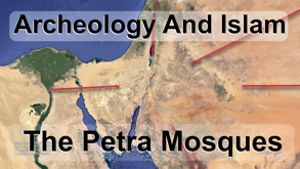
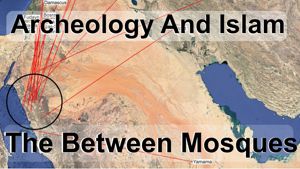

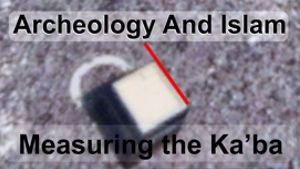
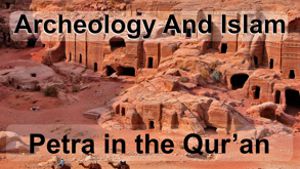
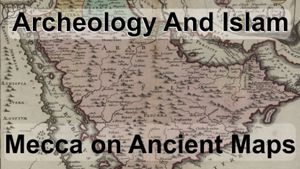
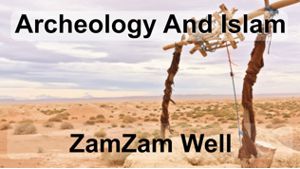
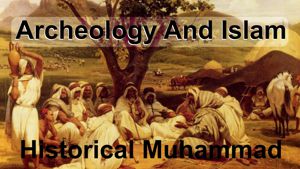
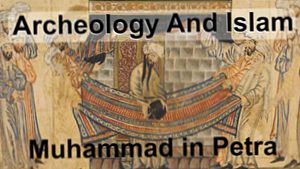
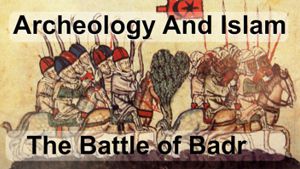

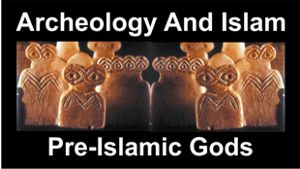







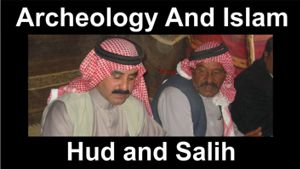
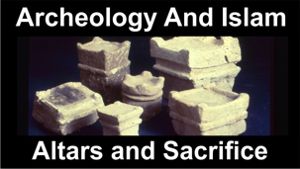

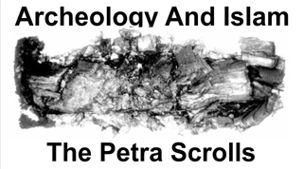
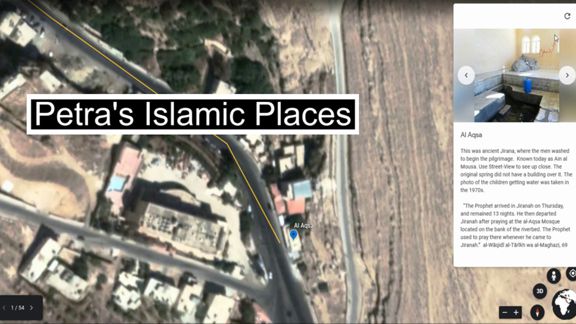

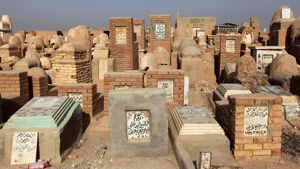
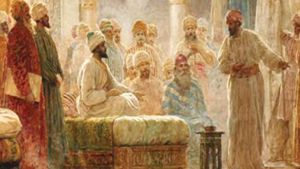
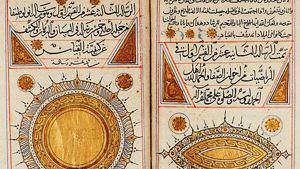
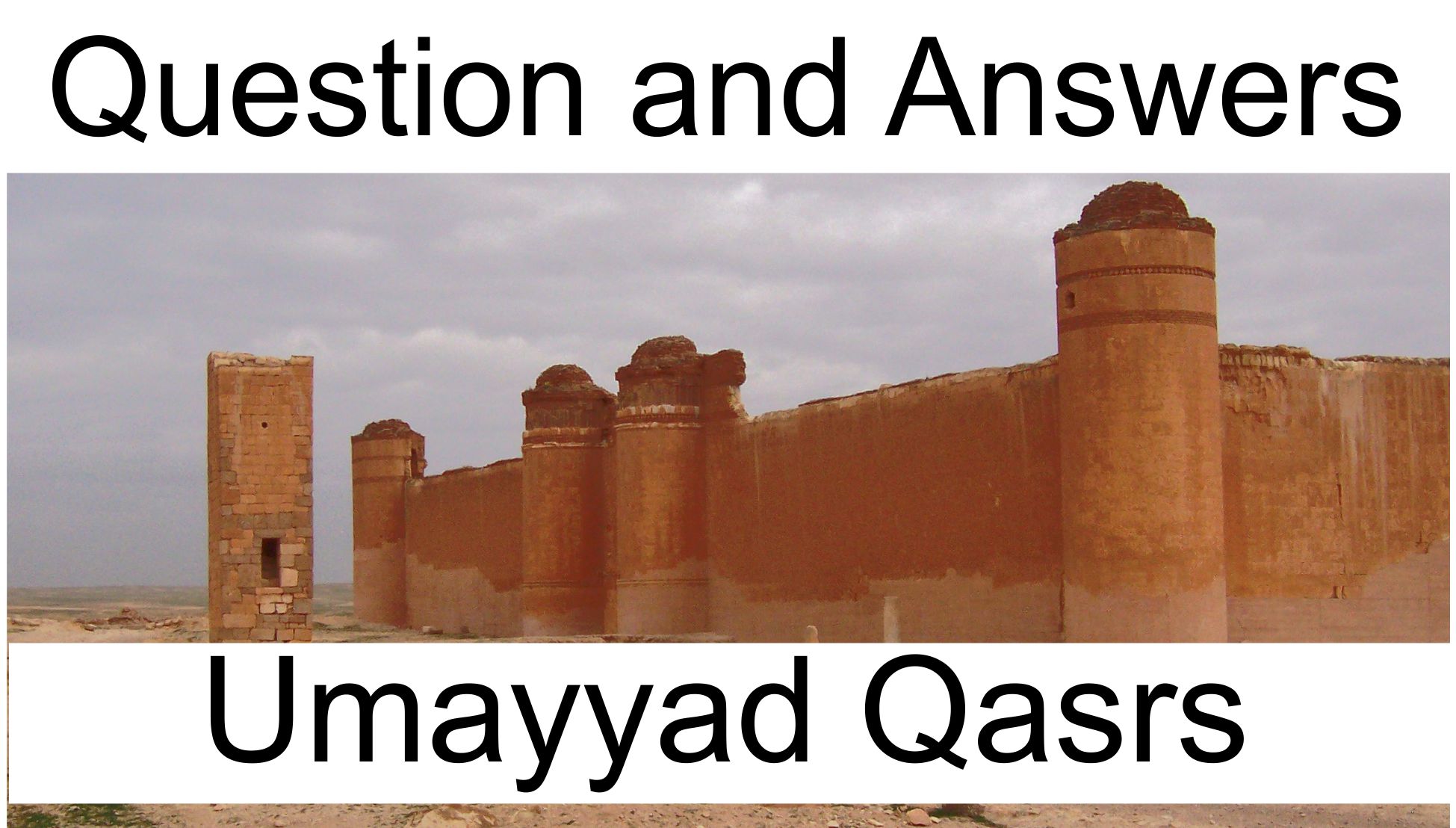
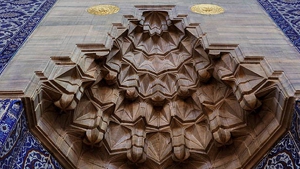
Page Discussion
Membership is required to comment. Membership is free of charge and available to everyone over the age of 16. Just click SignUp, or make a comment below. You will need a user name and a password. The system will automatically send a code to your email address. It should arrive in a few minutes. Enter the code, and you are finished.
Members who post adverts or use inappropriate language or make disrespectful comments will have their membership removed and be barred from the site. By becoming a member you agree to our Terms of Use and our Privacy, Cookies & Ad Policies. Remember that we will never, under any circumstances, sell or give your email address or private information to anyone unless required by law. Please keep your comments on topic. Thanks!